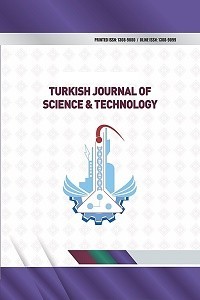Effect of Dietary Vitamin A and E on Tissues Vitamin Concentrations and Lipid Peroxidation of Juvenile Rainbow Trout at Different Flow Rates
Effect of Dietary Vitamin A and E on Tissues Vitamin Concentrations and Lipid Peroxidation of Juvenile Rainbow Trout at Different Flow Rates
The feed efficiency and biochemical effects of vitamin A and E in diets for juvenile rainbow trout treated with to two different flow rates (0.9 and 2.1 l min-1, respectively) was investigated of some tissues. Four formulated diets (A18E0, A18E60, A0E30, A36E30) with different combination of vitamin A and E were tested, fish fed with these experimental diets during 12 weeks. Fish subject to 0.9 l min-1 flow rate was determined greater mortality, poorer FCR (feed conversion ratio) and poorer PER (Protein Efficiency Ratio) than fish subject to 2.1 l min-1 flow rate. There was no significant difference mortality of all diet groups subjects to 2.1 l min-1 flow rate (P > 0.05). At 2.1 l min-1flow rate trials, muscle and kidney vitamin A concentration was highest in fish fed the diet with 18 mgvitA kg-1 and 36 mgvitA kg-1, and lowest in fish fed the diet with vitamin A-free (diet containing 0 mgvitA kg-1). But at 0.9 l min-1flow rate trial, there was no significant difference in muscle and liver vitamin A concentration of all diet groups (P > 0.05). Tissues malondialdehyde (MDA) level was highest in fish fed the Efree (diet containing 0 mgvitE kg-1) diet (p < 0.05).
Keywords:
Rainbow trout, Hypoxia, Diet Antioxidant Vitamins, Malondialdehyde.,
- ISSN: 1308-9080
- Başlangıç: 2009
- Yayıncı: Fırat Üniversitesi
